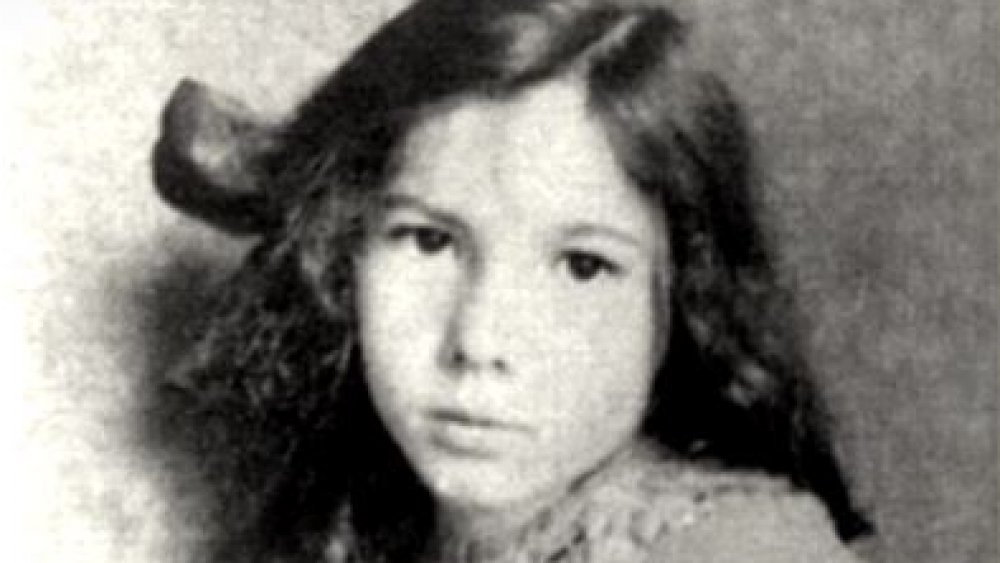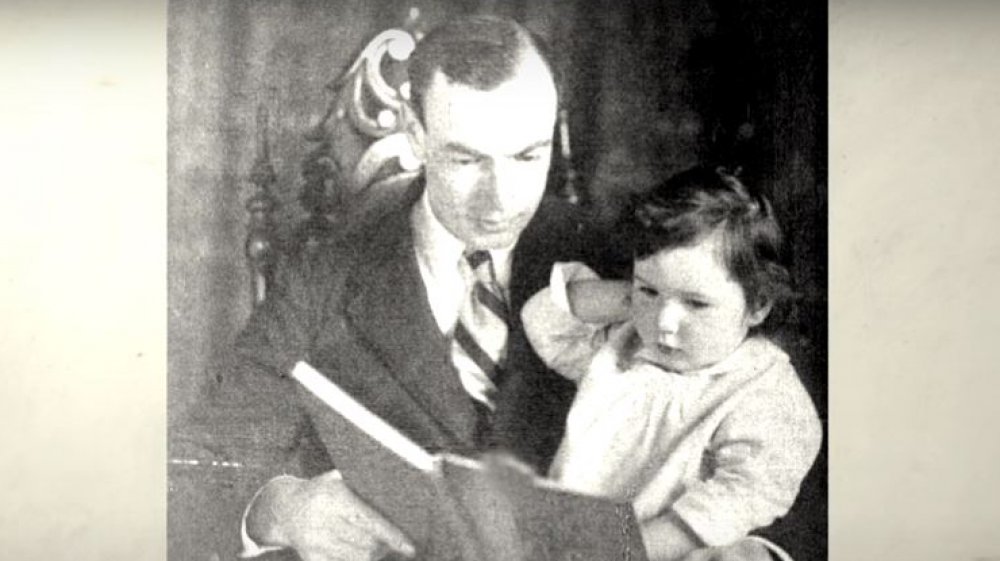The Tragic Life Of America's Best Forgotten Author
Troubled, emotionally-disturbed authors. Shutaway, cabin-in-the-woods authors. Struggling, unknown genius authors. These tropes are so common as to be practically derivative. But childhood prodigy authors? Music seems to beget teenage wunderkind more often than literature (anyone from Mozart to Lorde), but young writers who are heralded by critics, loved by fans, with writing indistinguishable from a full-blown adult, who sell out every copy of their debut novel? Unheard of. Maybe it takes a certain amount of life experience combined with cognitive development to churn out something profound.
But, this was precisely the case with Barbara Newhall Follett. Born in 1914, homeschooled and raised in Hanover, New Hampshire, Barbara showed an intense talent for the written word from a young age, as reported by The Guardian. She taught herself how to read, much like other children learn to walk, and by age 4 her tiny form was carting her father's typewriter back to her room so she could write. As much time as she spent in books, she spent outdoors exploring her love of the natural world. And by age 8, she decided to give her mother a homemade gift for her own ninth birthday: a story. She toiled at until it was done, and mere days later, a fire broke out in the house and consumed her entire draft. Determined to finish it, she underwent the long journey of reconstructing the book piece by piece, and after three years, by the age of 12, she'd finished an updated, new version.
Vanished without a trace
The House Without Windows was a story about a little girl called Eepersip. She frees herself from the confines of walls and buildings to run to the mountains, the ocean, and let the boundlessness of wild places liberate her soul. Seems like a fairly reasonable analog for her own, rural, homeschooled life.
At the time her father was working for Alfred Knopf, a publisher, and he took his daughter's manuscript with him one day. Lo and behold: 2,500 copies of Barbara's book were published, each one sold out, and Barbara was heralded as a prodigy. Lines such as, "My dreams are going through their death flurries. I thought they were all safely buried, but sometimes they stir in their grave," depict the mature, yet childlike, tone of Barbara's book. Shortly after its success, Barbara went on a boat trip to Nova Scotia to help write her second book, The Voyage of the Norman D., and then started off on the Appalachian Trial with a newly-found boyfriend, Nickerson Rogers, with whom she went to Europe and eventually married in 1934.
Afterwards, they settled into an apartment in New York, and Barbara felt her dreams drain under the pressure of a typical married life. Five years later, in 1939, after rejection letters started to pile up, Barbara simply vanished one night. Gone, with no note, no word, and only some money taken. Her husband gave up the search, and Barbara was never heard from again.

